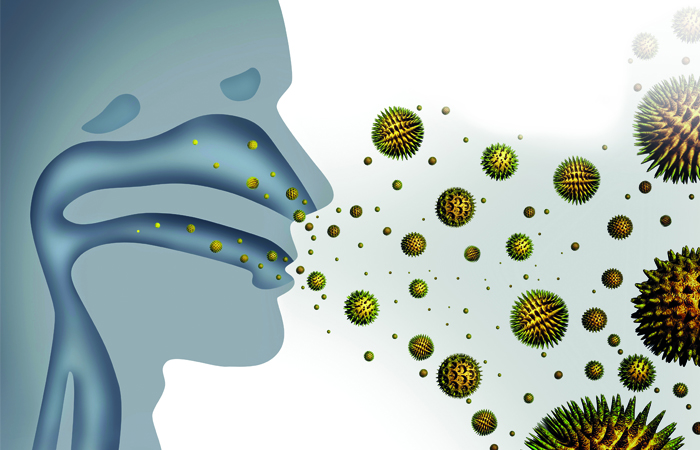As summer rolls around again, so do the unwanted hayfever symptoms that come with the increased pollen count. As there is no cure, making sure customers are aware of the prevention and management techniques available is the best way pharmacy teams can make the summer more enjoyable for everyone.
The medical term for hayfever is seasonal allergic rhinitis. In other words, it’s an allergic condition that varies in prevalence, depending on the time of year.
Hayfever develops when the body’s immune system reacts to pollen as if it were something harmful, like an infection. Produced by plants, including grass, trees and weeds, pollen is harmless to most people, but for those with hayfever, contact with pollen triggers the body to release a type of antibody to attack the allergen (pollen). The immune system then releases chemicals, including histamine, to prevent the spread of what it thinks is an infection.

